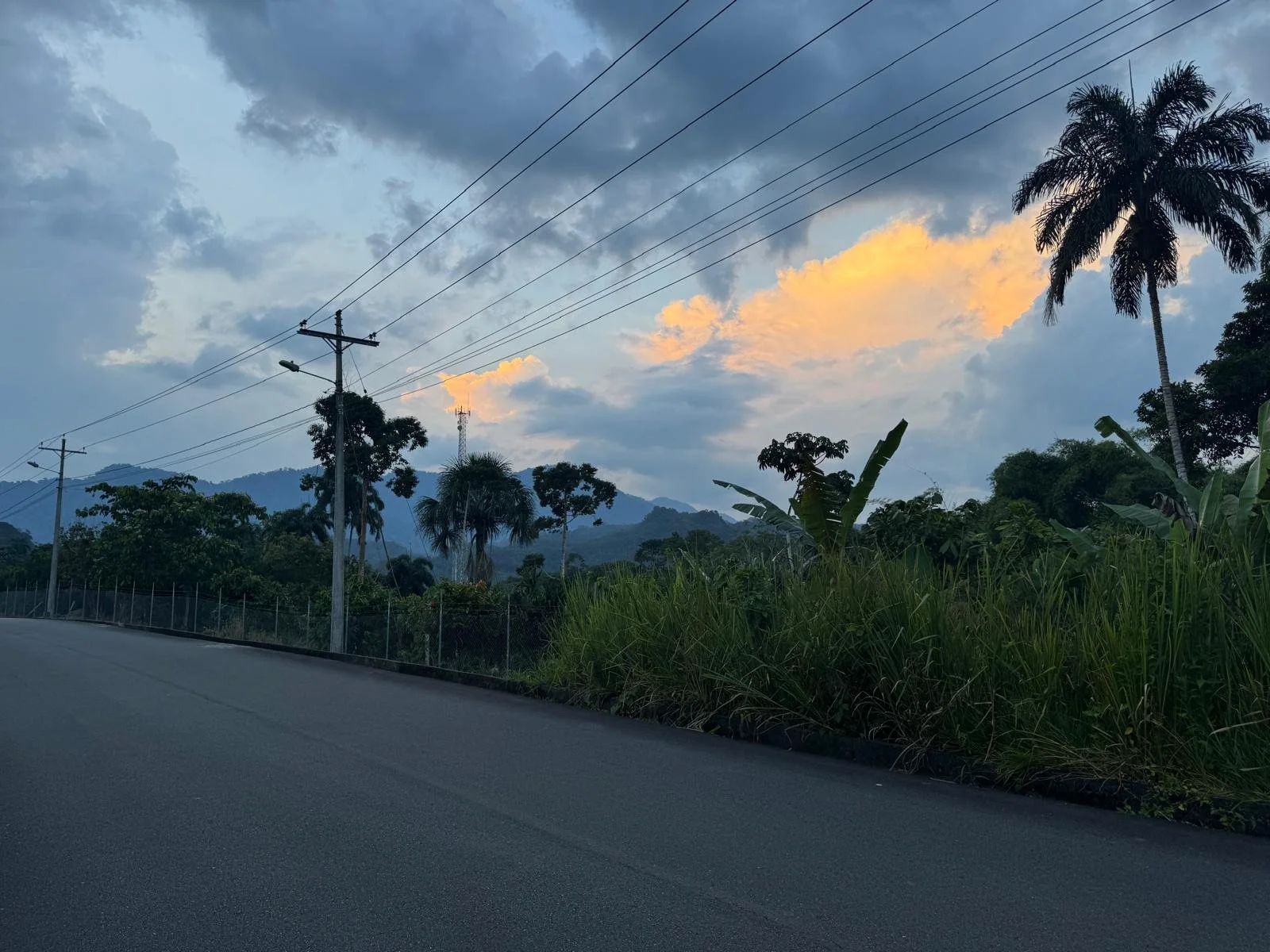Children's Nutrition
Cueridos Amigos! You got Pete this week writing about Childrens' Nutrtion class. After a few meetings with the school director and some of the teachers, Manna’s Childrens' Nutrition class was incepted as part of the Natural Sciences curriculum at Chaupitena. We have three classes of seventh graders every Wednesday with about thirty or more students in each class. The students and staff have been very warm and welcoming to Polly, Jenni and myself.
One of our goals this semester with the classes is to create an interactive curriculum that would enhance comprehension and be simultaneously fun. With only three classes under our belt we have covered two food groups, grains and vegetables/fruit, and discussed the importance of healthy eating habits and what is a healthy overall diet. Every class begins with a brief review and quiz on last week's material then our charla or health topic of discussion with a relevant activities throughout. The most challenging aspect so far has been keeping such a large class interested and focused on the material. However, with three of us we do an excellent job of monitoring all the chatter, poking and prodding that comes with being eleven years old.
We all love to cook, and of course eat healthy, so incorporating some food preparation activities is on our plate this semester. We all agree that this would be one of the most effective ways to get young persons interested and thus aware about healthy eating habits. We are not sure yet if putting knives in their hands is the best idea, so we will start with forks.
We look forward to continuing our relationship working with one of the local schools in our community and getting to know a wider range of its members. What it all boils down to is that it is fun for the students and that they are digesting the material. Speaking for the entire group this is definitely one of the most enjoyable and rewarding programs we are fortunate to be a part of...
As Polly says we “have never been so popular at recess!”
Small Business Development Program
Children's Art
Small Business' New Microfinance Program
http://www.razoo.com/story/Mpi-Ecuador-S-New-Microfinance-Program
Best,
Jefferson
















